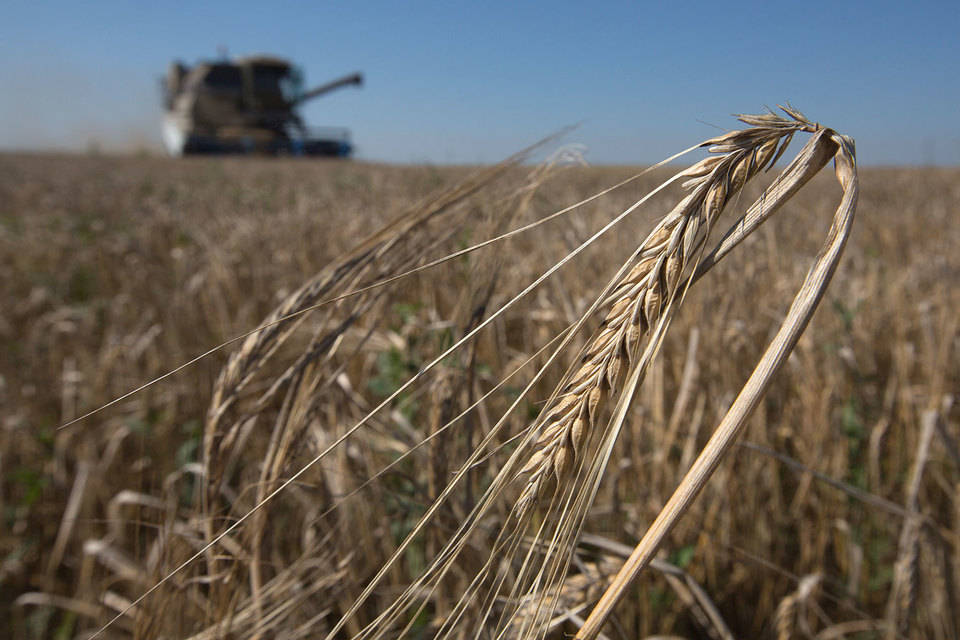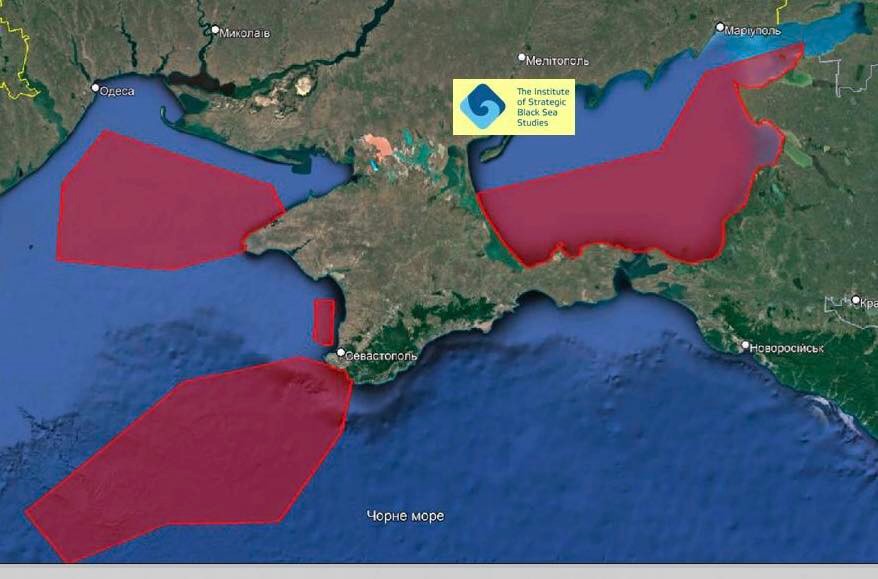On July 9, the Ukrainian Sea Ports Authority announced the opening of the Bystre Canal on the mouth of the Danube River for the entry and exit of vessels transporting Ukrainian agricultural products (Uspa.gov.ua, July 9). “Bystre was blocked by vessels of the Ukrainian Danube Shipping Company at the beginning of the war. We understood that the enemy could try to advance deep into Ukrainian territory through the mouth of the Danube. We decided to prevent this together with the border guards and the military. Our tugboats placed a certain number of lighters in Bystre, reliably blocking the estuary,” said Dmytro Moskalenko, acting general director of Ukrainian Danube Shipping Company (Cfts.org.ua, July 11). Unblocking the Bystre Canal became possible thanks to the liberation of Zmiinyi (Snake) Island from Russian troops; the island “has strategic importance, as it allows control of the surface and partly air situation in the south of Ukraine, which was used by the occupier to block the movement of civilian vessels in the southern part of our state” (UNIAN, July 11).
Related: Deals with Russia don’t work. Deoccupying Ukraine will solve the food crisis
The Bystre Canal (official name is the Danube–Black Sea Deep Water Route) is a river-sea canal created by Ukraine in its part of the Danube Delta that is a key link for the national network of international transport corridors. The canal consists of four navigable sections of the Danube Delta through the Kiliyske and Starostambulske (Bystre) estuaries and is 170.36 kilometers in length. Navigation through this canal was opened in August 2004. The Bystre Canal’s advantages include competitive tariffs and 24-hour, two-way traffic for vessels throughout the year (Delta-pilot.ua, accessed July 24).
Related: Not all is lost. Increase pressure on Russia to save innocent people from famine
Before the de-occupation of Zmiinyi (Snake) Island, due to the threat of Russian strikes, merchant vessels carrying cargo to and from Ukrainian Danube ports could only use the Romanian Sulina Canal. This has resulted in over 130 commercial vessels piling up at the canal’s entrance (Ukrainian Shipping Magazine, June 11), more than 90 of them waiting to enter Ukraine’s Danube ports (Mtu.gov.ua, July 12). In early July 2022, the Ukrainian Ministry of Infrastructure predicted that, with the launch of passage via the Bystre Canal, the congestion of vessels near the Danube Delta would be eliminated within a week (Epravda.com.ua, July 12). Unfortunately, this maritime traffic jam has not yet disappeared as Ukraine`s Ministry of Infrastructure originally thought; current capacity and organization of the Bystre Canal allows for only four vessels to pass through per day (Mtu.gov.ua, July 12, Vesselfinder.com, accessed July 24).
The limited depth of this waterway should be seriously considered. This determines that only low-tonnage vessels can move via the canal, which limits usage to the following scheme of grain transportation: cargo vessels pass through the Bystre Canal, load up in Ukraine’s Danube ports (Izmail, Reni and Ust-Dunaisky), move back through the canal in reverse and then continue on to the Romanian Port of Constanta, where cargo is transshipped onto large Panamax-type vessels. Then, Ukrainian agricultural products are transported all over the world (Nikvesti.com, July 13).
According to Ukraine’s Ministry of Infrastructure, the Bystre Canal will provide an opportunity to increase the volume of grain transportation by 500,000 tons per month. Taking into account this logistics route and other rail and road passages, the total volume of Ukraine`s grain export will be at only about 3 million tons per month. But, the total grain exports needed stands at about 8 million tons per month, which, before the full-scale Russian military invasion and naval blockade, was 80-percent covered by Ukrainian seaports (Mtu.gov.ua, July 12). For example, one Panamax took 30,000–50,000 tons of Ukrainian grain for one port call in the Odesa region before the war started (Bbc.com/ukrainian, July 12). Therefore, currently, Ukraine`s grain export gap stands at about 5 million tons per month.
Related: Kremlin’s food terrorism, explained: How Russia weaponizes famine, again
A number of possibilities have been presented to increase the share of grain exports in the river-to-sea direction. One is deepening the Bystre estuary. The Ukrainian Sea Ports Authority has already announced its intention to begin such work. According to an assessment by Mykola Gorbachev, president of the Ukrainian Grain Association, this will increase the load of grain from 1,500–2,000 to 5,000 tons per vessel (Agravery.com, July 18). Further increase of grain transshipment capacity is possible but at the expense of quality indicators—including canals’ administration, handling and setting up of vessels, competent cargo transportation and combating route congestion (Ports.ua, July 21). It should be recalled that, in November 2010. 19 vessels were recorded passing through the Bystre Canal each day (Dumskaya.net, November 25, 2010). That is, the Bystre Canal has the potential of increasing its capacity to more than 4 vessels passing through per day. However, this is not a simple issue; although with the liberation of Zmiinyi (Snake) Island, the immediate threat of Russian strikes at the Danube’s mouth has decreased, but the potential remains—as demonstrated by recent Russian strikes on Ukrainian ports, even following signed agreements meant to protect grain shipments through these ports (Meduza, July 18; Radio Free Europe/Radio Liberty, July 23). In these conditions, the safety of grain vessels remains a top priority (Armyinform.com.ua, July 12, Mil.in.ua, July 15).
Related: Unblocked Ukrainian ports can export 3 mn tons of agriculture monthly
Generally, it seems a “mosquito” approach in a contested environment, when small dispersed assets have advantages over larger ones in their concentrated use, could be effective. Such a tactic in Ukrainian grain transportation along multiple river-sea routes definitely presents promising opportunities, as evidenced by the growing demand for use of the Bystre. In fact, the Ukrainian Sea Ports Authority has a backlog of applications for passage through this canal and is having trouble keeping up with the growing demand (Ukrvantage.com, July 15).
Read More:
- Deals with Russia don’t work. Deoccupying Ukraine will solve the food crisis
- Russian missiles did not hit the grain storage in Odesa port
- Ukraine prepares grain caravans for export through Odesa ports
- British Intelligence refutes Russia’s claim that Odesa strike was aimed at Ukraine warship – RFE/RL
- Grain deal fully corresponds to Ukraine’s interests – Zelenskyy
- The West needs a new strategy: Russia will never be democratized – social scientist
- Threatening Kherson farmers, Russian troops steal grain from Ukraine
- My neighbors escaped starvation by eating grain stored by field mice | Voices of Holodomor witnesses








